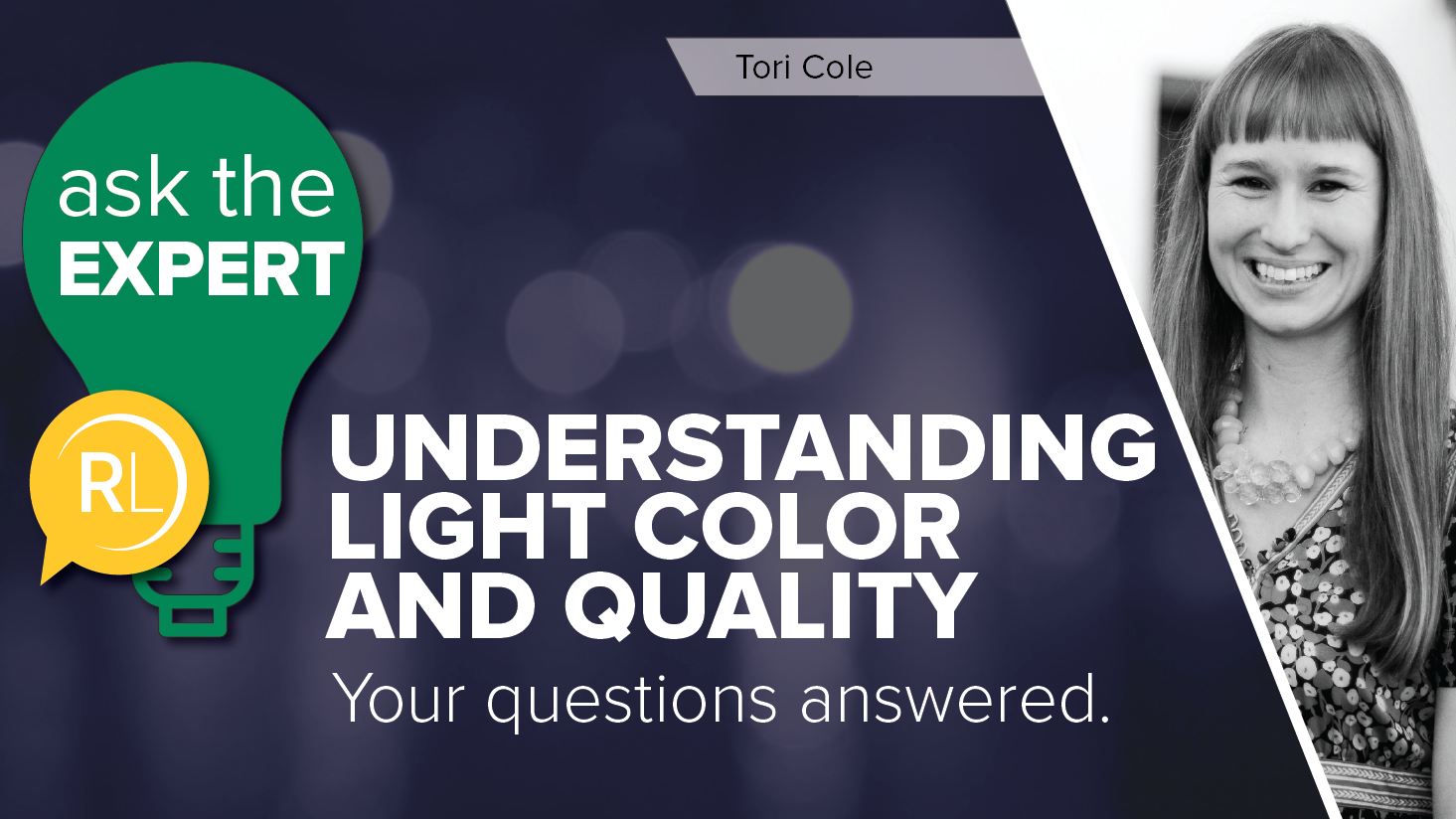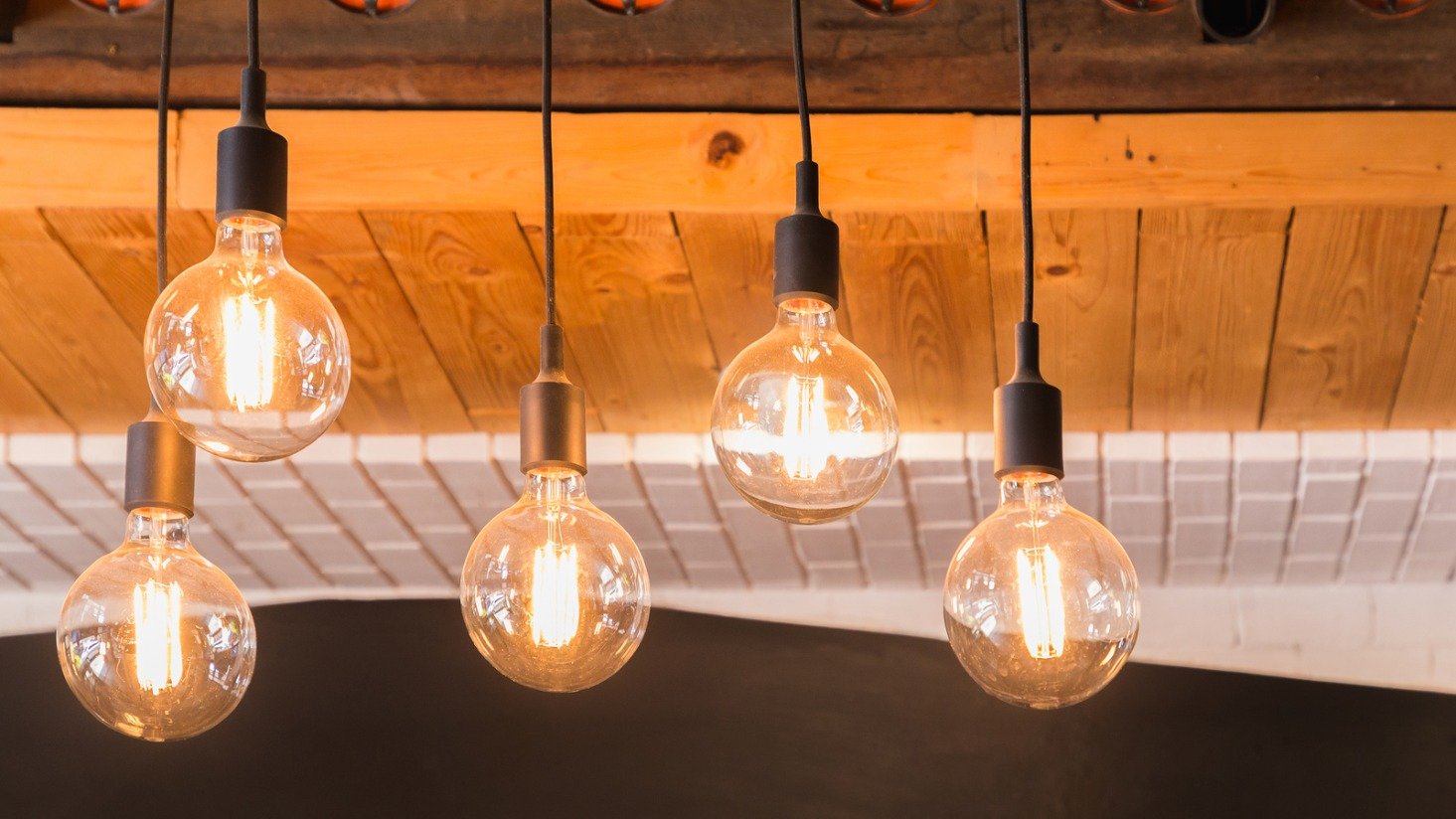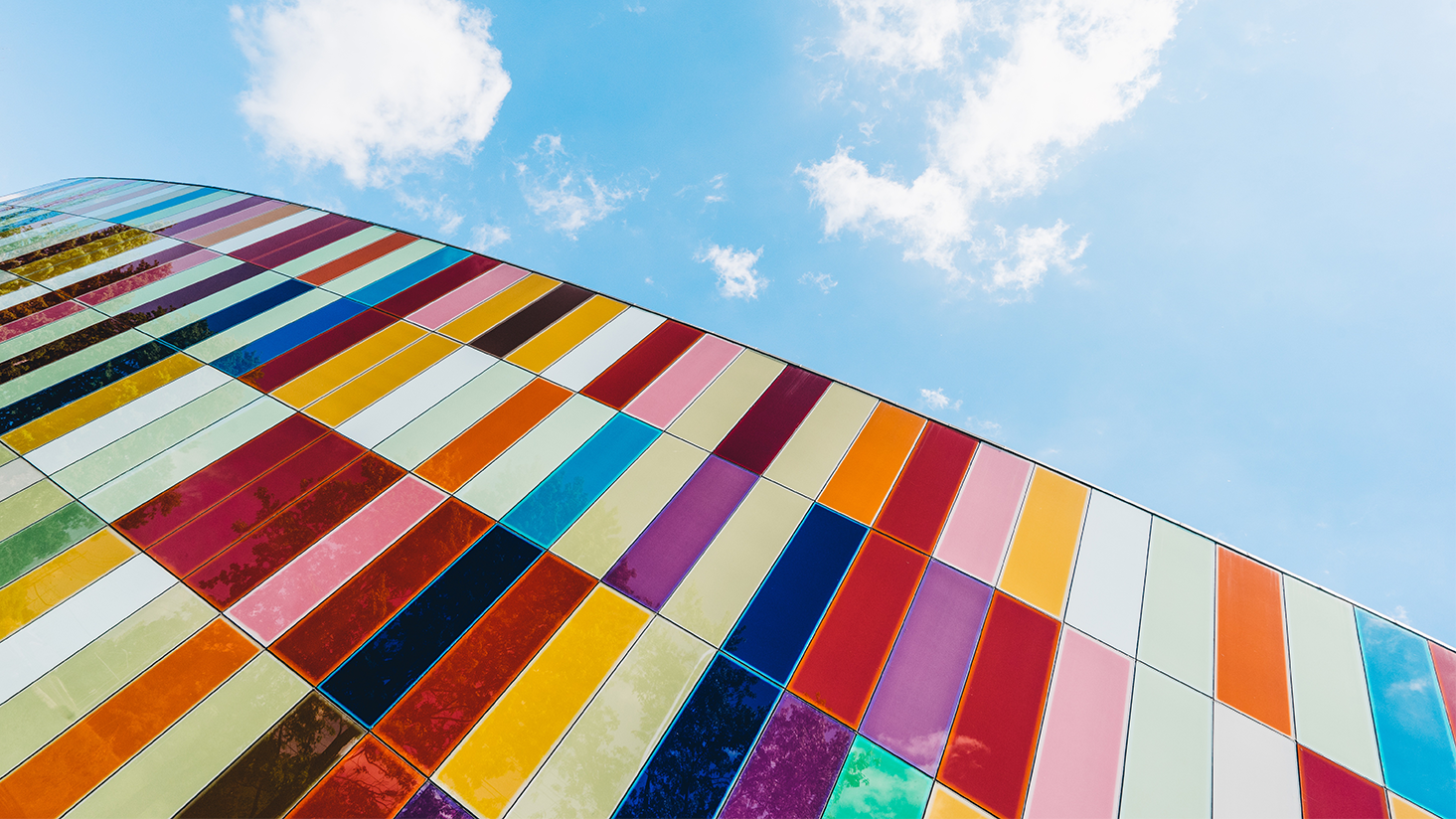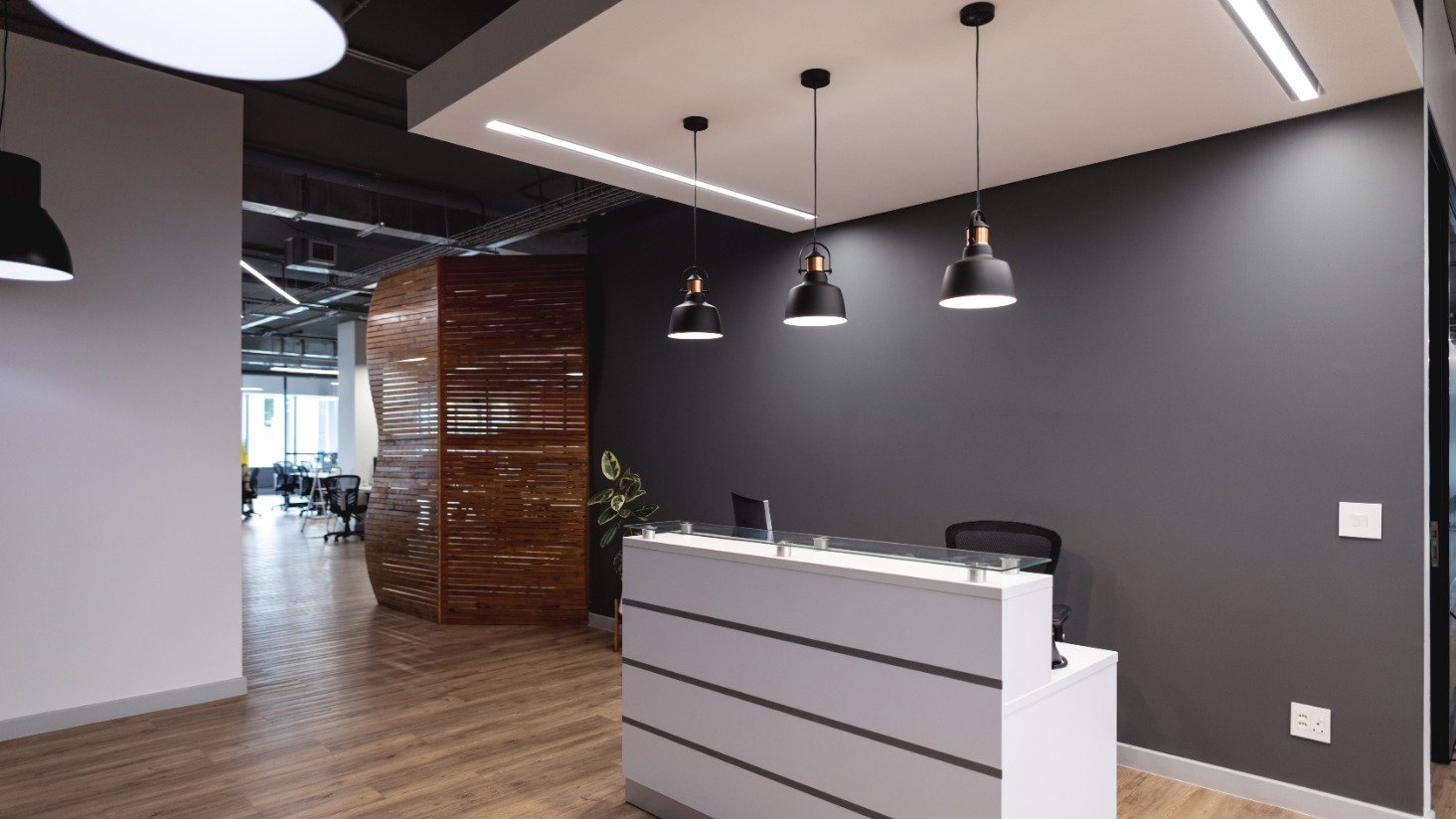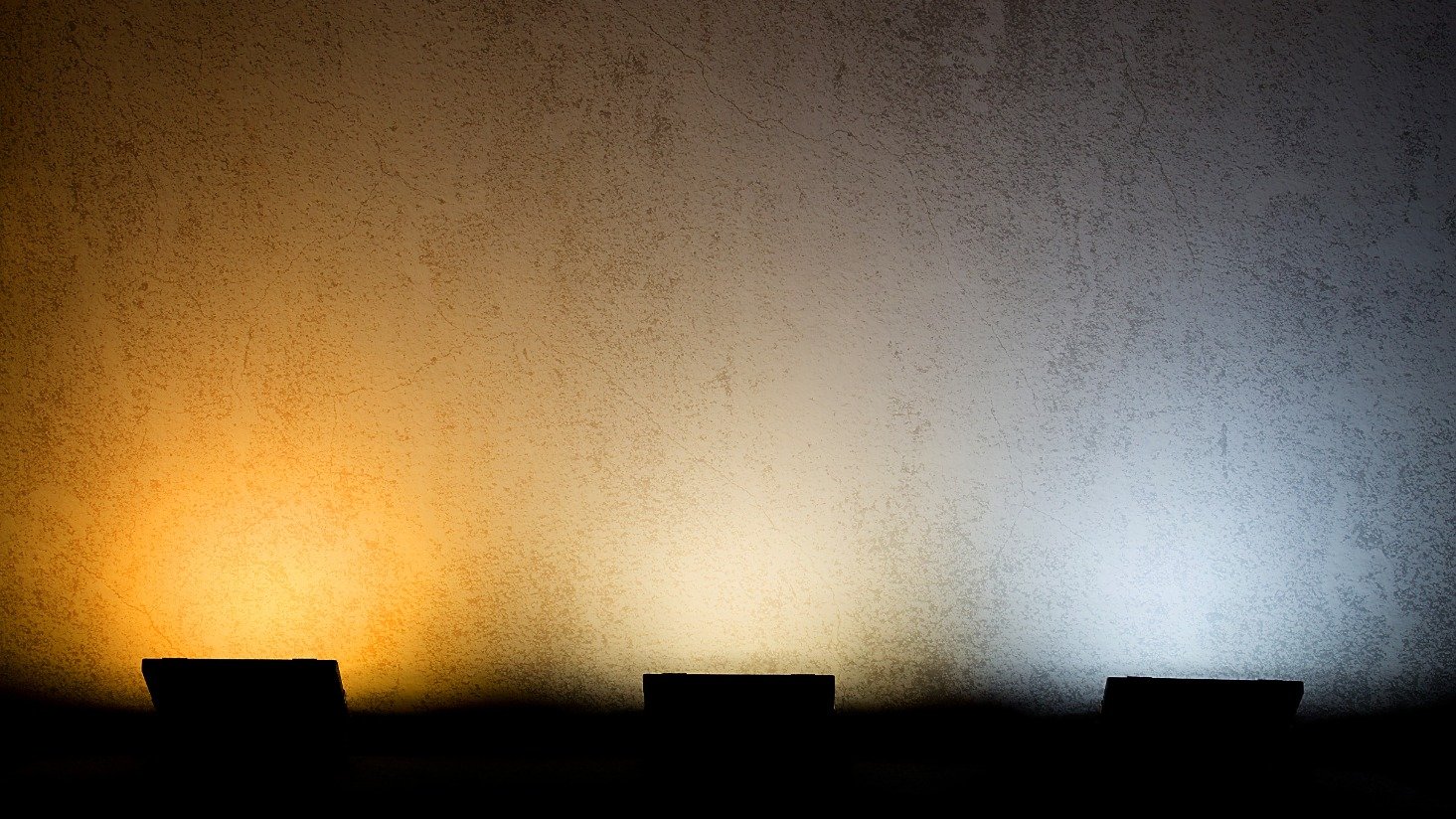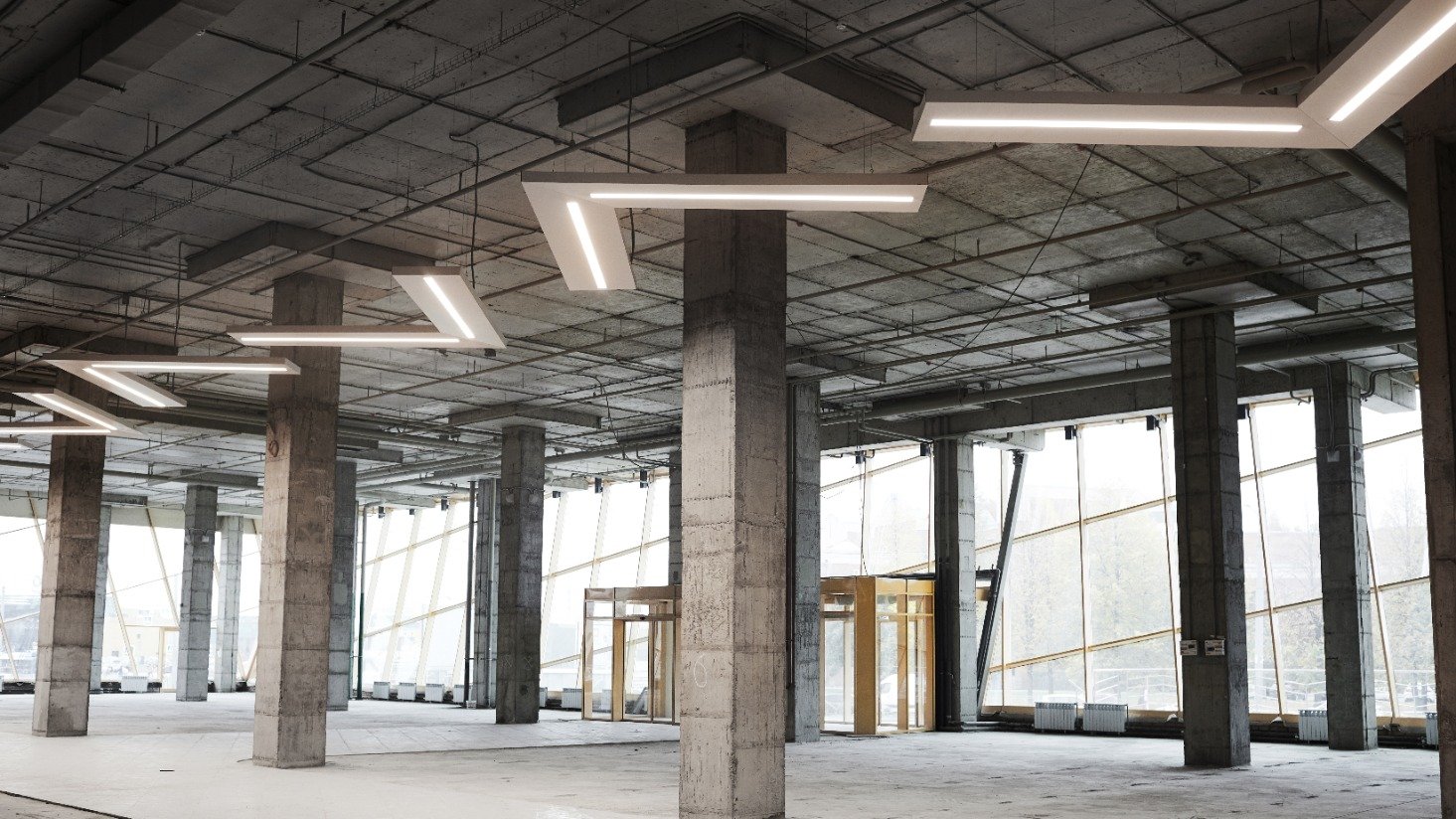Answering your questions on light color and quality [Ask the expert series]
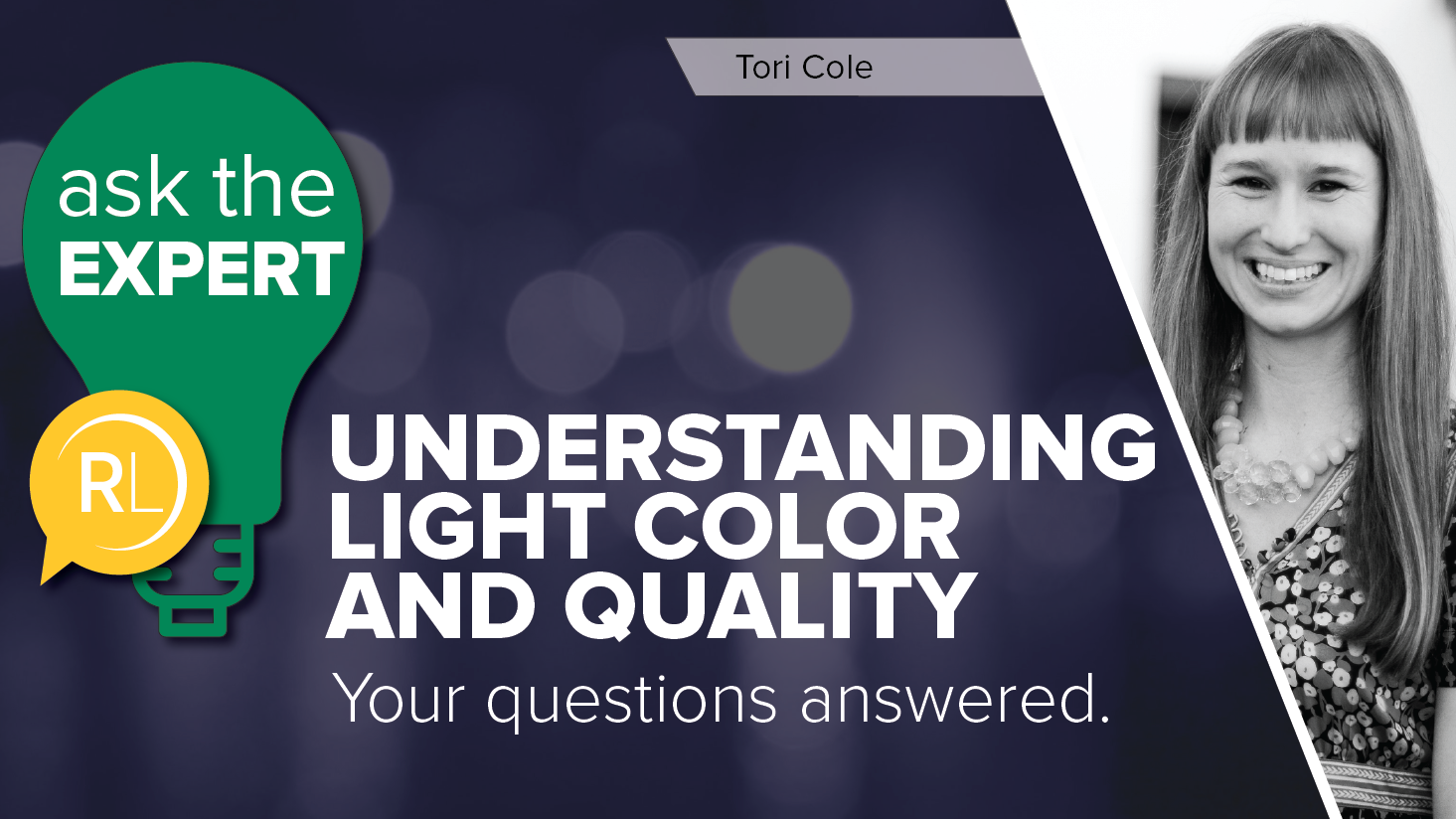
Our lighting designers answer countless questions when it comes to helping their customers understand light color and quality. Lighting Design Manager, Tori Cole, is here to help simplify some of the complexity around design, color quality, and LED lighting. Follow along as she answers some of the most common questions.

Color rendering index, or CRI, is a spec that predicts how good the visual output of a lighting product will be. The closer to 100, the more true the colors should look under the light. It's calculated on how well the light source renders eight specific pastel colors.
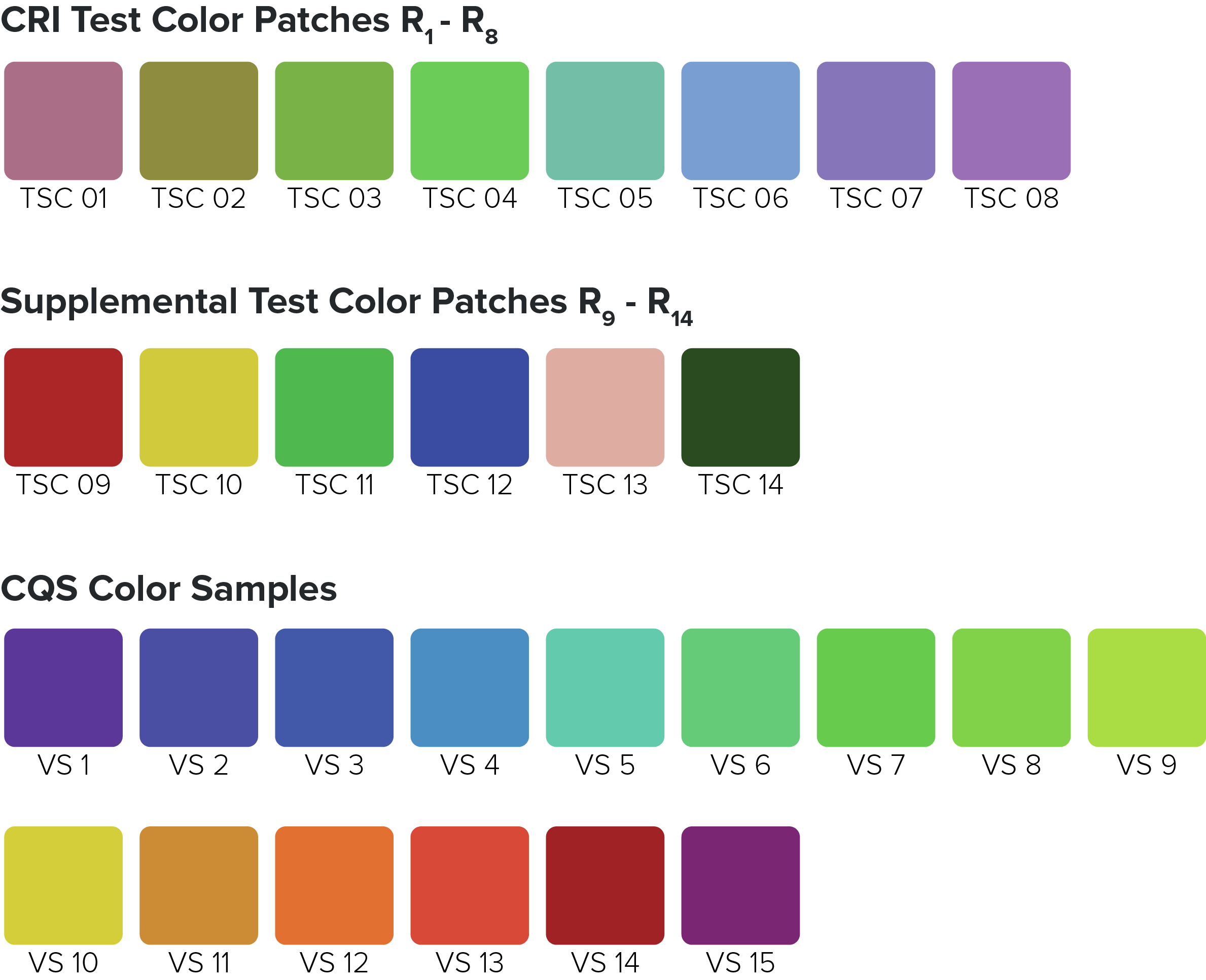
With fluorescent lighting and HID lighting, CRI is fairly consistent across the board, however, with LED lighting there are many variables that go into each chip creation. So the variation from product to product is much greater.
To learn more about CRI and how to choose the right CRI for your lighting, click here to read this article.

Correlated color temperature, or CCT, is a gauge of how yellow or blue the color of light emitted from a light bulb appears. It’s measured in the Kelvin unit and is most commonly found between 2200 Kelvin degrees and 6500 Kelvin degrees.
Warm light sources, such as incandescent bulbs, have a low color temperature (2200-3000K) and feature more light in the red, orange, and yellow range.

Cool light sources, such as some HID or fluorescent lamps, have a high color temperature (>4000K) and feature more light in the blue range.

R9 is one of the colors that is not included in the measurement of CRI yet, whenever LED light quality is discussed, R9 matters. Some percentage of R9 is actually found in all of the colors that comprise the CRI value. But the specific ability of a lighting product to accurately reproduce red is critical to accurate overall color rendering.
Energy Star states that an acceptable CRI is having a value greater than 80 and an R9 value greater than zero, although that's incredibly low and Regency's design staff would not recommend settling for bare-minimum color rendering thresholds. We recommend an R9 value of 60 or greater if you want to bring out good, quality reds.
To learn more about why R9 is so important in restaurants, retail stores, art galleries, and hospitals, check out this article.

Color consistency can be a big problem if you're purchasing lighting from a manufacturer that doesn't have a tight policy on it. You could end up in a situation where there’s a noticeable difference in the visible color from one fixture to another. (Have you ever been in a space that have green, pink, and white color lighting in a single run of track?)
Thanks to development in technology, there have been game-changers that can help mitigate the differences in color hues. One of those game changers is color tuning. Color tuning is typically done by separately dimming arrays of warm and cool LEDs, giving the user the opportunity to "tune" the color to whatever they want within a specified range from warm to cool.
If color consistency is critical for you, this may be a technology to consider in your next lighting project.
To learn more about more practical ways to solve for color consistency, check out this article.

Among all of the LED options available today, there are a few considerations that lighting designers keep in mind when selecting the right product to use in a space.
1. Consider your space
One LED may do a good job of rendering in the red spectrum and would look great lighting a deep cherry wood. This same product, however, may do a terrible job of lighting blue jeans in a retail shop. So keep in mind the space you're lighting.
2. Be specific about your priorities
Take a few minutes to prioritize what you want with you lighting. For example:
- What's more important: long-term energy and maintenance cost or upfront budget?
- Who will maintain your lighting system?
- What is your upfront budget?
- How often will your space or products change?
3. Partner with reputable manufacturers
Regency’s team will help you vet the manufacturers out there so you end up with a reliable, quality lighting system you can count on. Reputable manufacturers use quality chips and adhere to tight binning procedures, which is a great benefit if you’re looking for color consistency.
4. Ask about lead times up-front
As manufacturers take into account more variables in product development, like color consistency, lead times for the product can suffer. As a result, it's critical to ask about lead times up front. You don't want to find the perfect product only to realize it has a lead time that will jeopardize your project schedule.
If you're interested in speaking with a lighting designer who can help answer all of these questions above, fill out this form for a free lighting design consultation.
